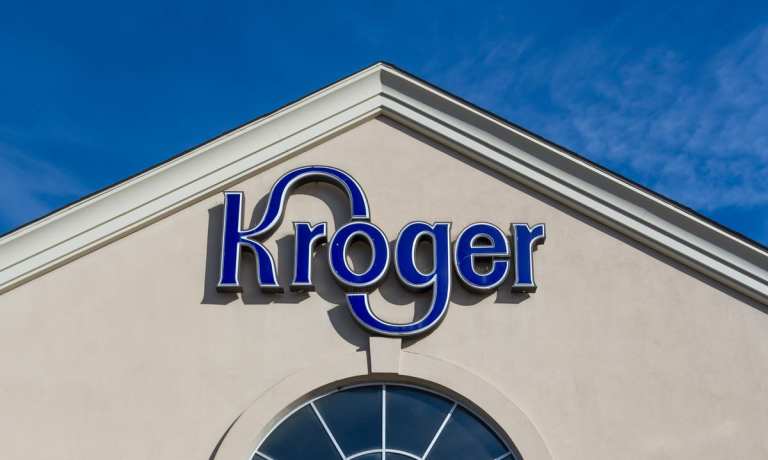
Taking a tip from Walmart, Kroger is entering the ghost kitchen space.
The grocer announced Friday (Jan. 7) the opening of its first pickup and delivery restaurant in partnership with ghost kitchen operator Kitchen United at a Ralphs store in Los Angeles, California’s Westwood neighborhood.
Read more: Kroger Moves Into Restaurant Space
The eatery, which opens five months after Kroger first announced the partnership in August, features foods from 10 different restaurant brands and allows the grocer to extend its role in consumers’ lives to include the restaurant-food-at-home occasion.
“Our customers come to us to find the freshest food and to answer the all-important ‘What’s for dinner?’ question,” Kendra Doyel, vice president of merchandising at Ralphs, said in a statement. “This collaboration provides our customers one more simple meal solution that they can pair with Ralphs’ fresh products.”
With this opening, Kroger, one of the United States’ top three grocers, follows in the footsteps of category leader Walmart, which opened its first location in partnership with Ghost Kitchen Brands in Canada back in March, and which brought these virtual kitchens to the United States in September. These partnerships allow grocers to stay relevant as consumers shift their food spending to restaurant ordering.
“The dynamic of the 1950s where somebody would cook six square meals a week and maybe go out once a week is going to be totally the opposite,” Marc Choy, president of Ghost Kitchen Brands, told Karen Webster in an interview at the time of the Walmart partnership’s U.S. launch. “This is how people are going to know how to get their food — by ordering.”
See more: In-Store Ghost Kitchens Turn Walmart Into Uber Eats Competitor
To his point, research from PYMNTS’ 2021 How We Eat playbook, created in collaboration with Carat from Fiserv, which surveyed more than 5,200 United States adults about their purchasing behaviors, found that restaurant customers are now 31% more likely to buy meals for delivery or pickup than they are to dine on-site.
Read also: Restaurants and Grocers See Path to Picking up 200 Million New Customers
Other major grocery retailers are taking their own steps to meet consumers’ restaurant needs, noting consumers’ increased expectations of speed and convenience. Amazon’s Whole Foods Market stores typically feature a food hall-style area, while Target’s partnership with Starbucks brings prepared food and beverages into its stores. Midwestern supermarket chain Hy-Vee, which operates more than 285 stores, offers a “Mealtime to Go” restaurant hub featuring in-house and external brands, while 150+-location grocery chain The Fresh Market featured its grocerant options prominently in its prospectus gearing up for its initial public offering (IPO).
See more: Hy-Vee’s Curbside Grocerant Adds Breakfast
Read more: The Fresh Market Proceeds With IPO With Focus On Grocerant And Meal Kits
In fact, restaurant meals are a better way than grocery offerings to attract today’s digital consumers, according to data from PYMNTS’ December study “The Connected Consumer In The Digital Economy: Who Wants To Live In A Digital Connected Economy — And Why?” which surveyed a census-balanced panel of over 3,100 U.S. adults about how they engage digitally with their everyday activities.
The study found that 49% of consumers place restaurant orders through restaurants’ websites or via their mobile apps, while only 32% buy groceries online. To engage customers in the vitally (and increasingly) important digital world, grocers will have to adapt to meet these consumers’ prepared food needs.
Get the study: The Connected Consumer In The Digital Economy